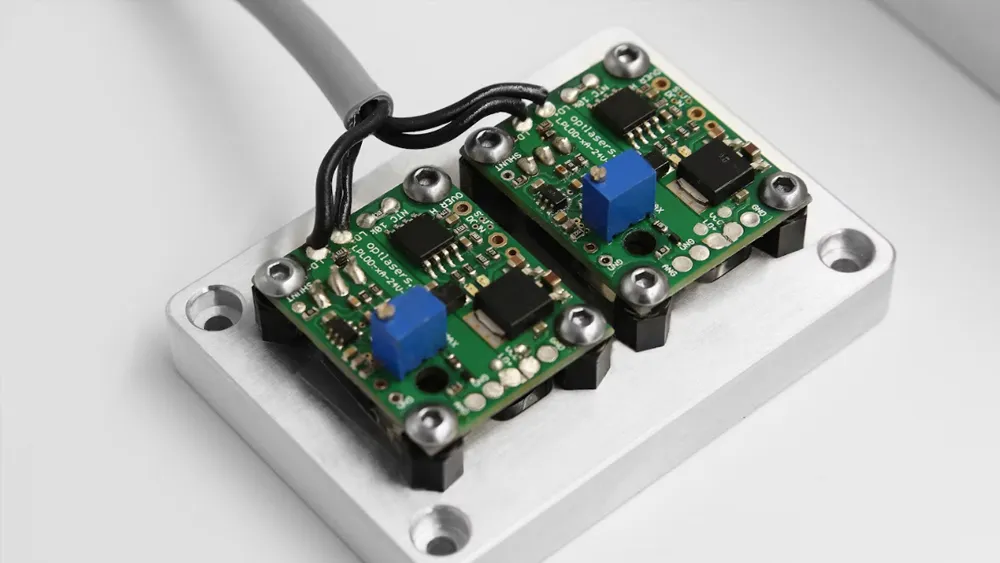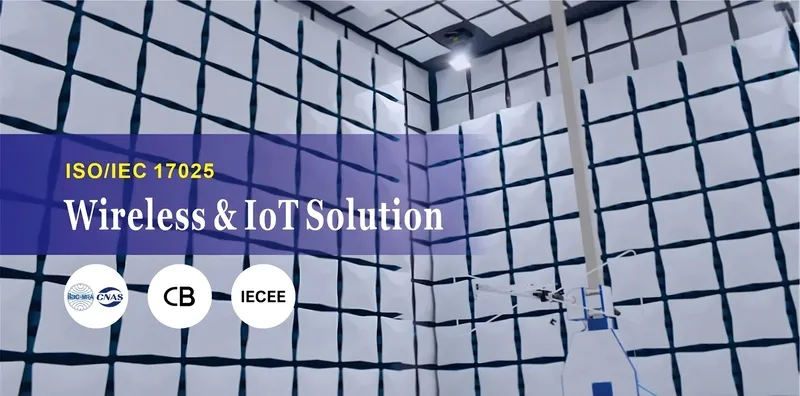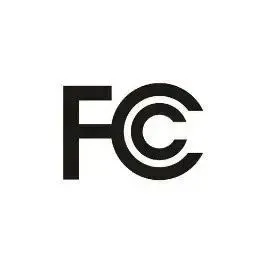
U.S. Energy Star Certification Introduction
The Energy Star program was launched in 1992 by the U.S. Environmental Protection Agency (EPA) to REDuce energy consumption and decrease greenhouse gas emissions from power plants. Participation is voluntary, and manufacturers who comply can label their qualified products with the Energy Star logo.
Initially targeting IT products like computers, the program gradually expanded to electrical appliances, office equipment, lighting, home appliances, and later to buildings. Since 1996, the EPA has promoted the Energy Star Buildings Program, helping participants evaluate energy use (lighting, HVAC, office equipment), plan energy efficiency improvements, and conduct follow-up monitoring. As a resULt, Energy Star labels can be seen on eco-friendly homes and commercial buildings.
Applicable Products
Home Appliances
1. Air Purifier (clean)
2. Dryers
3. Washing Machines
4. Commercial Washing Machines
5. Dehumidifiers
6. Dishwashers
7. Freezers
8. Refrigerators
Building Products
1. House Doors, Windows, and Skylights
2. Roofing Products
3. Sealed and Insulated Products
Commercial Food Service Equipment
1. Commercial Dishwashers
2. Commercial Frying Pans
3. Commercial Baking Pans
4. Business Hot Food Incubators
5. Commercial Ice Makers
6. Commercial Ovens
7. Commercial Refrigerators and Freezers
8. Commercial Steam Pots
Electronic Products
1. Audio Video Devices
2. Professional Monitors
3. Set-top Boxes and Cable TV Set-top Boxes
4. Slate and Tablets
5. Phones
6. Televisions
Water Heaters
1. Commercial Water Heaters
2. Efficient Storage Water Heaters
3. Efficient Gas Storage Water Heaters
4. Solar Water Heaters
5. Tankless Gas Water Heaters
Heating and Cooling
1. Air Source Heat Pumps
2. Boilers
3. Central Air Conditioners
4. Ductless Heating and Cooling Furnaces
5. Geothermal Heat Pumps
6. Light Commercial Heating and Cooling Systems
7. Room Air Conditioners
8. Ventilators
Lighting
1. Ceiling Fans
2. Commercial Lighting
3. Decorative Light Strings
4. Bulbs
5. Lamps
Office Supplies
1. Computers
2. Data Center Storage
3. Enterprise Servers
4. Imaging Equipment
5. Large Network Equipment
6. Monitors
7. Small Network Equipment
8. Uninterruptible Power Supplies (UPS)
9. Internet Voice Protocol (VoIP) Phones
Others
1. Swimming Pool Pumps
2. Vending Machines
3. Water Coolers
Certification Application Process
1. Provide Energy Star certification information and application forms.
2. Pre-assess sample energy efficiency to verify Energy Star requirements compliance.
3. Submit product samples and documentation.
4. Conduct laboratory testing of samples.
5. Submit test reports through an Energy Star-recognized Certification Body (CB) for registration.
6. After approval, receive official Energy Star certification notification.
Certifying Authorities
1. U.S. Environmental Protection Agency (EPA)
2. Globally authorized local certification bodies (Energy Star partners)
Certification Fees
Since 2011, Energy Star label use itself is free. Fees apply only for:
1. Laboratory product testing
2. Certification Body (CB) verification
Fees vary by lab, CB, and product type. Applicants should request quotes for comparison. For example, energy consumption testing for computer-related products at JJR Laboratory costs approximately USD \$1,000–\$3,000. Certification fees per product typically range from USD \$800 to \$1,000.
Benefits of Certification
1. The Energy Star label is one of the most widely recognized energy efficiency symbols in the U.S. and worldwide.
2. Consumers associate Energy Star-certified products with top-tier energy efficiency.
3. U.S. federal agencies must procure products meeting Energy Star or FEMP (Federal Energy Management Program) standards.
4. Households and businesses using Energy Star products may qualify for subsidies or tax incentives.
Email:hello@jjrlab.com
Write your message here and send it to us
 Can You Conduct Lab Tests to UL Standards
Can You Conduct Lab Tests to UL Standards
 What Products Are Affected by Prop 65?
What Products Are Affected by Prop 65?
 CPSIA Compliance for Children's Products
CPSIA Compliance for Children's Products
 Children's Products Canadian Requirements
Children's Products Canadian Requirements
 What is a CE EU Authorized Representative
What is a CE EU Authorized Representative
 Regulations and Standards for Cell Phone Cases
Regulations and Standards for Cell Phone Cases
 Do I Need EC Homologation in the USA?
Do I Need EC Homologation in the USA?
 FCC Part 15B & Part 97 Certified
FCC Part 15B & Part 97 Certified
Leave us a message
24-hour online customer service at any time to respond, so that you worry!




